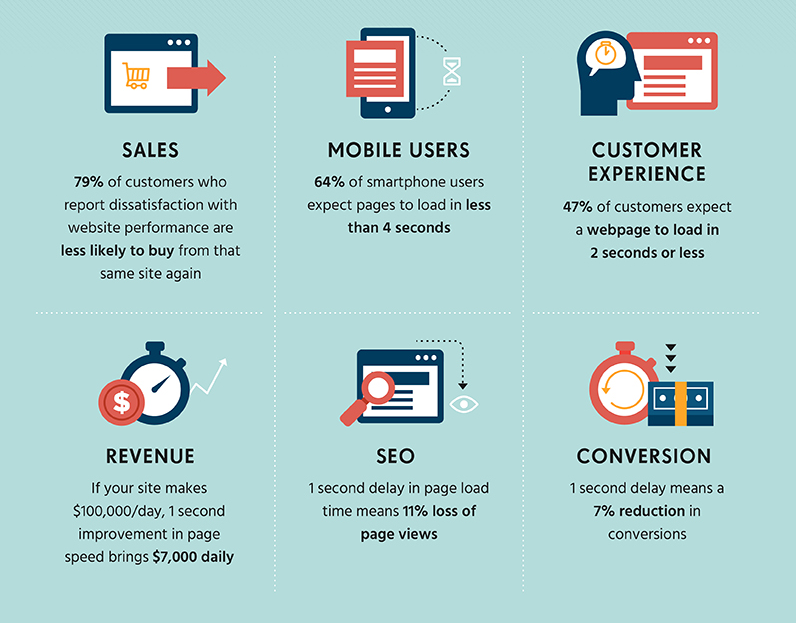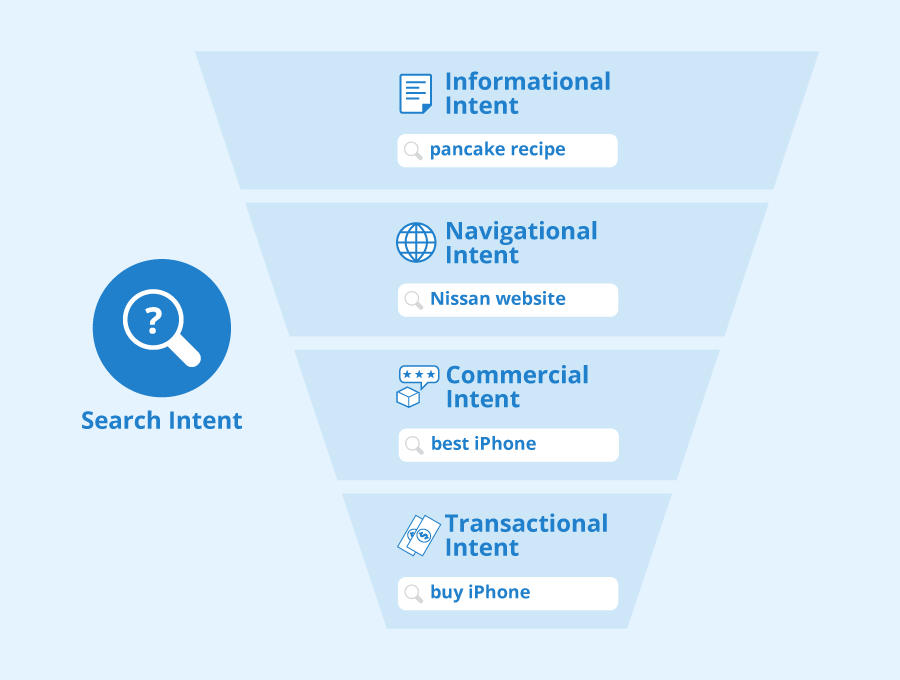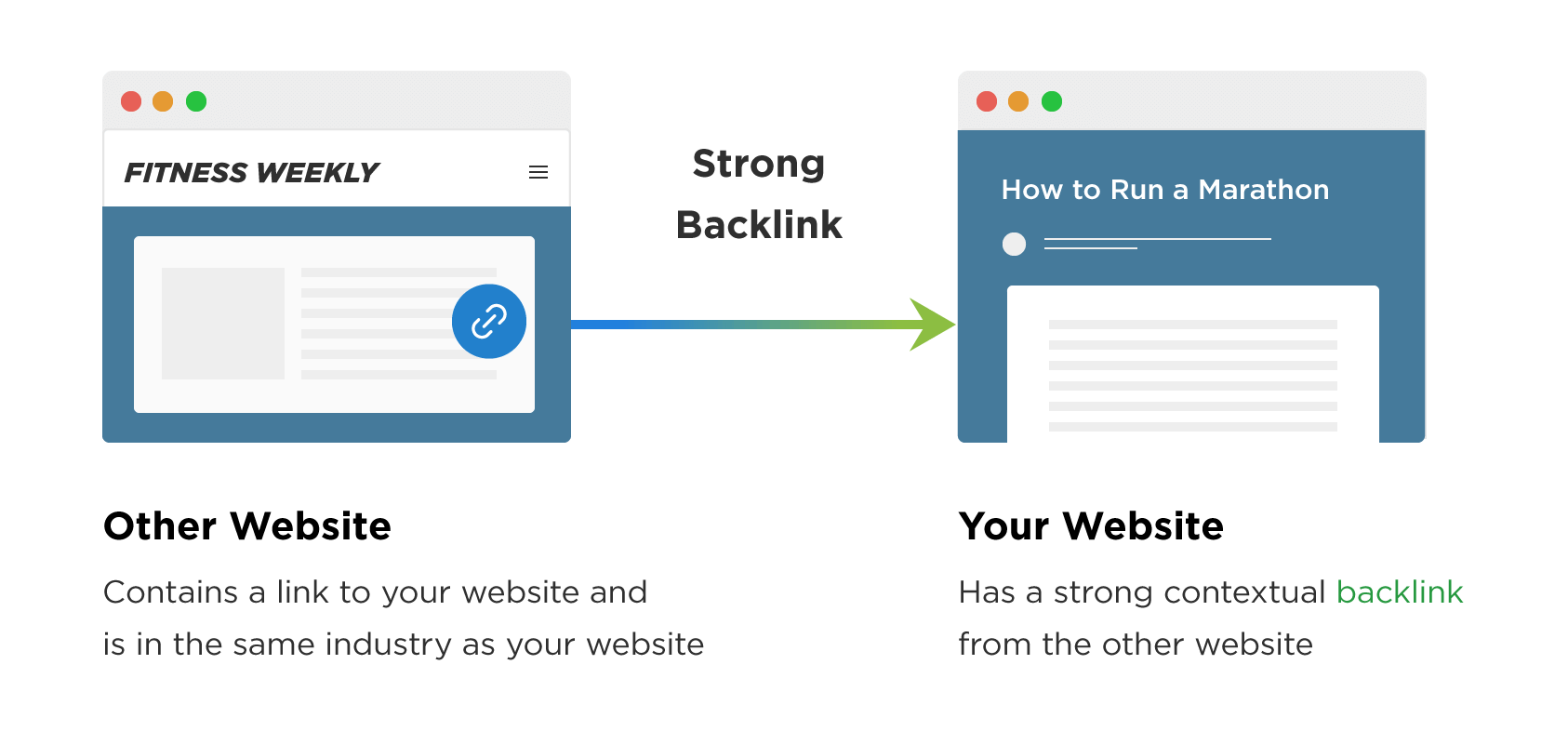Black Friday
Deal 2025


We’re live! Save up to 79% on your next press release — and build lasting authority across 570+ trusted news platforms.
Table of Content
No headings found.
Mastering the art of crafting an effective press release is a critical skill for anyone in marketing aiming to capture media attention from journalists, reporters, and news outlets. A well-written press release can catapult your news into the spotlight, ensuring it reaches journalists, reporters, media contacts, and stakeholders through media outlets with clarity and impact.
In this guide, we'll navigate through the essentials of how to write a press release that stands out in a sea of information overload and gets noticed by media contacts and news outlets. From headline finesse to structuring compelling content in a good press release format, we arm you with practical tips to create buzzworthy press releases that resonate with your target audience, using press release examples for guidance.
Whether you're announcing a groundbreaking product through a media release or sharing company milestones with press releases, understanding the nuances of persuasive communication for your target audience and media contacts is key. By adhering to proven strategies and writing best practices, your press releases are set not only to inform but also engage and inspire action among media contacts, reporters, and your target audience.

SEO, or search engine optimization, is crucial for a press release title to reach the target audience and media contacts. High rankings on search engines can greatly increase your press release's visibility to your target audience and media contacts. This means more people see your news. SEO drives organic traffic to your website. It does this without paid ads.
Good SEO practices also improve the user experience. They help make it easier for your target audience to find and understand your content through press release format.
These steps help search engines index the content better. They ensure that when your target audience searches for topics related to your company's press releases, they find you, and it helps increase visibility.

The way you structure a press release matters too. A logical flow helps keep the target audience interested from start to finish. Clear structures aid the target audience in their comprehension of the time and company details you're announcing in press releases.
A proper layout enhances readability as well:
This format helps journalists and the target audience grasp the essential information quickly in company press releases.
Remember, keep sentences short and simple within each section of the content:

Keyword research is a critical step in optimizing your press release for your target audience and company. It involves identifying terms your audience uses when searching online. This process helps you to target niche-specific phrases that can increase the relevance of your content.
When you understand what keywords are most effective for your target audience, it guides your content creation strategy. For instance, if you're launching a new product, keyword research might reveal that potential customers are searching for "innovative eco-friendly gadgets" rather than just "new tech products." By incorporating these targeted phrases into your press release, you make it more likely to reach the right audience.

Understanding search intent means aligning your content with the target audience's needs. It's about getting into the minds of potential readers and figuring out what information they seek when entering a query into a search engine.
The type of information sought determines how you angle your press release. If people are looking for detailed product specifications, then crafting a technical-oriented release may be best. Conversely, if they want to know how a product can enhance their lifestyle, then focusing on benefits and real-world applications could be more effective.
Search intent influences not only what information is included but also how it is presented within the press release:

Incorporating SEO strategies in writing press releases comes with several benefits:
Firstly, well-crafted releases attract quality backlinks from reputable sites which improve domain authority. When other websites link back to yours because they find your content valuable or newsworthy, this acts as an endorsement in the eyes of search engines like Google.
Secondly, by using SEO techniques correctly in a press release increases online authority over time as consistent quality posts contribute towards establishing credibility both among users and within industry circles.
Lastly, there’s an aspect of long-term discoverability; optimizing for relevant keywords ensures that even months after publication people can still find and reference your announcement through organic searches.
This results in sustained traffic beyond initial distribution efforts:
The headline is the first thing readers see. It must grab attention. Think of it as a handshake with your audience. A strong headline encourages clicks and shares. For search engines, it's vital too.
Use primary keywords in your headline. This ties back to SEO principles discussed earlier. But balance is key. Your headline should not just be for algorithms; real people will read it too.
A compelling language draws readers in. Consider action verbs or intriguing adjectives for impact.
Your message must be clear from the start. The headline should reflect the press release content accurately.
Stay on topic without drifting into unrelated details or complex explanations.
Broad appeal means more potential coverage and interest from diverse audiences.
The lead paragraph must contain critical details. It should answer who, what, when, where, and why. This ensures that readers quickly grasp the main points of your release.
Start with a strong first sentence that encapsulates the most important information. For example, if a company is launching a new product, mention who they are and what the product is right away. If there's an event involved, include where and when it will take place.
In addition to these basics, incorporate actionable insights or data that bolster your announcement's relevance. A press release about scientific research might highlight key findings or implications for future studies.
Keep each sentence focused on delivering value to the reader without deviation from your key messages. Avoid cluttering this section with less pertinent details which can distract from your core announcements.
An engaging start hooks readers immediately and sets expectations for what follows in the press release. The tone here should match both the subject matter and intended audience of your article.
Craft an opening line that teases important information without revealing everything at once. Consider starting with an intriguing fact or bold statement related to your news item; this encourages further reading.
For instance, if writing about a technological breakthrough, you might begin by hinting at how it could revolutionize its industry before getting into specifics in subsequent sentences.
Subheadings are vital in a press release. They break text into manageable parts. Readers can quickly scan them. This makes the content easier to digest. It also helps highlight key points.
A subheading might read, "Innovative Design Enhances User Experience." This tells readers what follows is important. It focuses on design and user experience without extra fluff.
Subheadings improve navigation too. If someone wants specific information, they find it fast. They don't need to read everything.
Keywords should blend seamlessly into your body copy. They make your press release findable online, but it must appear natural.
For example, if 'eco-friendly packaging' is a keyword, use it like this: "Our eco-friendly packaging reduces waste." Avoid overusing keywords as this can repel readers.
Include long-tail keywords for more detail and specificity in your content. These are longer phrases that people might search for.
"Biodegradable materials in children's toys" could be a long-tail keyword used within the body of the release to attract a targeted audience looking for sustainable toy options.

Visuals add value to any press release's body copy. A photo or graphic can explain concepts quickly than text alone.
An infographic might show statistics about product success rates at a glance.
Videos keep viewers engaged longer than text would on its own. They increase time spent on a page, which signals interest to search engines. This could involve testimonials or product demonstrations that offer real-life context and application of what's being announced in the press release.
63% of companies plan to include multimedia elements in their press releases, which can lead to 6 times more engagement than text-only releases (ESM Early Stage Marketing, 35 “Must Know” Press Release Statistics & Trends)
Quotes in a press release can significantly enhance credibility. Including direct quotes from industry experts makes the information more reliable. It shows that knowledgeable individuals back your news or product.
For example, if announcing new software, include a quote from a tech expert who praises its features. This kind of endorsement adds weight to your claims.
Also, referencing reputable sources for facts strengthens the trustworthiness of your release. If you mention statistics about market growth, cite the research firm that provided them.
Lastly, showcasing awards or certifications relevant to the news highlights excellence and recognition within the industry. Mentioning these accolades in conjunction with quotes creates an authoritative tone.
The voice and tone of your press release should reflect brand personality consistently. This means using language that aligns with how you want customers to perceive you.
If your brand is youthful and dynamic, use energetic language in quotes. For instance, "We're thrilled to launch this game-changing app," conveys excitement fitting such a brand.
Adapting to the intended audience's preferences is also key for engagement. Understand what resonates with them – whether it’s humor, sincerity or sophistication – and let it shine through in every quote included.
Maintaining professional yet approachable language ensures readability without sacrificing respectability. Avoid jargon unless speaking directly to specialists who understand it.
Using these strategies after establishing body content will make your press release stand out as credible and well-crafted communication.
A boilerplate is a standard section at the end of a press release. It gives a snapshot of your company. This part should be concise and informative. Start with when and why the company began. Share its purpose and core values next.
Mention what sets your company apart in this competitive world, your USPs (Unique Selling Propositions). For instance, if you specialize in eco-friendly products, highlight that as a key USP.
Link these details to the topic of the press release. If launching an environmentally friendly product, connect it to your mission for sustainability.
After sharing about the company, provide ways to get more information. List down clear contact options, like an email address or phone number.
Offering multiple methods ensures journalists can reach out easily. Include both general contact info and direct media relations contacts.
Encourage reporters to make inquiries or ask for interviews directly. This openness shows confidence in what you are announcing.

A press release must guide readers on what to do next. Clear CTAs are essential. They can be a request for more information or an invitation to visit a website. Include links where appropriate. This makes it easy for readers to find additional resources or landing pages.
For instance, if the press release is about a new product, the CTA could be "Learn more about our groundbreaking product here." Here, 'here' would link directly to your product page. This straightforward approach helps steer your audience towards further engagement with your content.
Remember that every press release should have one main CTA. Too many can confuse readers and dilute the message's effectiveness.
The ultimate aim of any press release is action from its readership—this aligns with business objectives like increasing sales or boosting event attendance. Measure success by tracking how many people followed through on your CTA.
Say you want sign-ups for a webinar; focus the press release and its CTA around this goal. After reading, if individuals sign up, that's a measure of success. It shows they engaged with the content and took the desired action.
To drive specific behaviors post-engagement:

After crafting a compelling press release with a strong call to action, selecting the right distribution channels is crucial. It's important to choose platforms that reach your target audience effectively. For instance, if your press release targets professionals in the tech industry, consider distributing through tech-focused news outlets or online forums where these individuals gather.
As part of the MarketersMEDIA family, we're not just advocating for our services; we're inviting you to experience the efficiency and reach of our distribution network. Here’s why MarketersMEDIA stands out:
By choosing MarketersMEDIA, you can be assured that your press release will not only reach a wide audience but will be delivered in a manner that is tailored to your specific goals and target audience. Our comprehensive network and expertise in digital visibility make us an effective ally in getting your press release the recognition it deserves. Let us help you make your next press release a success story.
Want to give your press release the spotlight it deserves? Sign up with MarketersMEDIA today and experience unparalleled distribution services that will take your message to the next level.
The timing of your press release distribution can make or break its success. Aligning the release with current events or trends can increase relevance and urgency among readership. For example, announcing a new solar panel technology during an energy summit could capture timely interest.
It's equally important to avoid times when your audience is least active online – releasing information late at night or early morning might result in missed opportunities for visibility.
If ongoing coverage is desired, planning follow-up releases strategically helps maintain momentum without overwhelming recipients. This approach keeps your brand in conversations without appearing spammy which could deter future engagement from both audiences and journalists alike.
After distributing your press release, it's vital to track its impact. Analytics tools are essential for this task. They provide data on how many people viewed your release and their actions afterward. You can see which distribution sites drive the most traffic to your website. This helps you understand where your audience comes from.
Compare current performance with past releases using these tools. Look for trends in engagement metrics over time. Are more people reading your releases now than before? If so, what changed? Use this information to refine future press releases.

Setting clear KPIs (Key Performance Indicators) is crucial for measuring success. Decide what matters most: Is it the number of views or shares? Or is it about conversions – readers taking a specific action like signing up or making a purchase?
Track how different media outlets pick up and share your release. Some may have a wider reach or engage viewers better than others. Monitor any changes in search rankings as well; an effective press release can boost SEO efforts.
Mastering the art of press release creation is vital for effective communication in today's media landscape. This article has provided a comprehensive guide, from grasping the basics to understanding SEO, and from crafting headlines to writing impactful body content. The strategic incorporation of quotes, boilerplate information, and a strong call to action, coupled with savvy distribution and performance monitoring techniques, equips professionals with the tools necessary to ensure their message resonates with the intended audience.
To excel in press release dissemination, one must continuously refine these skills and stay abreast of evolving trends. Readers are encouraged to apply these strategies diligently to enhance their public relations endeavors. For further guidance or assistance in crafting your next press release, do not hesitate to seek professional expertise.
A press release should include a compelling headline, an informative lead paragraph, body content with relevant details, quotes for credibility, boilerplate information about the company, and a clear call to action.
Incorporate relevant keywords strategically throughout your press release without overstuffing. Ensure the headline is search-friendly and consider meta descriptions and tags when distributing online.
A great headline is concise, attention-grabbing, and clearly conveys the news value of your announcement. It should be optimized for search engines while appealing to journalists and readers alike.
Start with the most critical information—answering who, what, when, where, why—and provide context to hook the reader immediately. Keep it succinct and factual.
Provide essential details supporting your announcement in short paragraphs. Use bullet points or subheadings for clarity if necessary. Maintain an objective tone throughout.
Include quotes from key stakeholders or experts after introducing your news to add authenticity and perspective. Ensure they are relevant and enhance understanding of your message.
Boilerplate content provides background on your company or organization that may not be familiar to all readers. This standard description helps contextualize your announcement within its larger corporate narrative.
Choose distribution channels that reach your target audience: newswire services, direct outreach to journalists, posting on company websites, sharing through social media platforms, and email campaigns as appropriate.
Track metrics such as media pickups, website traffic referrals from releases using web analytics tools like Google Analytics), social shares engagement rates (likes comments), potential leads generated through CTA tracking mechanisms built into digital versions (such as unique URLs landing pages).
Free Press Release Template
Tell us where to send your PDF: